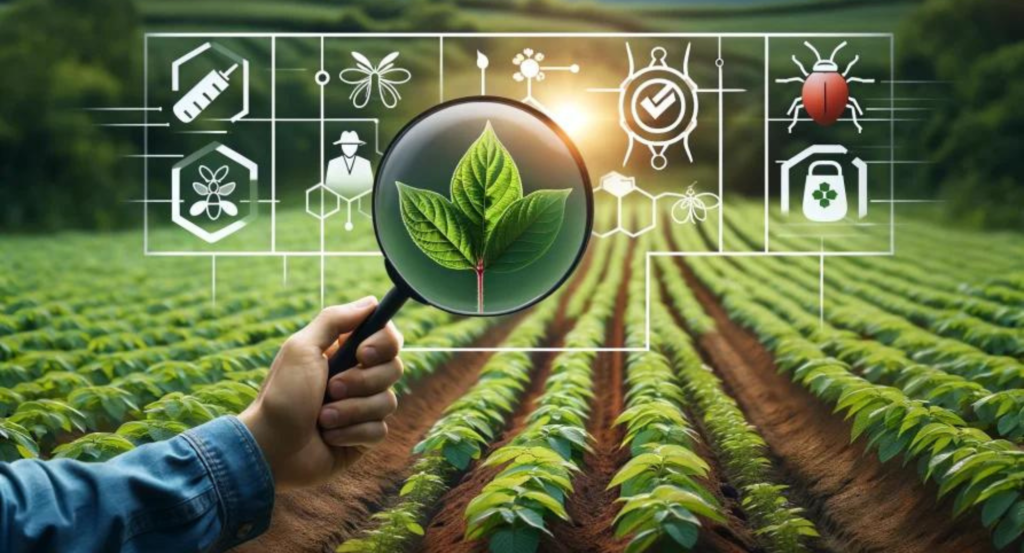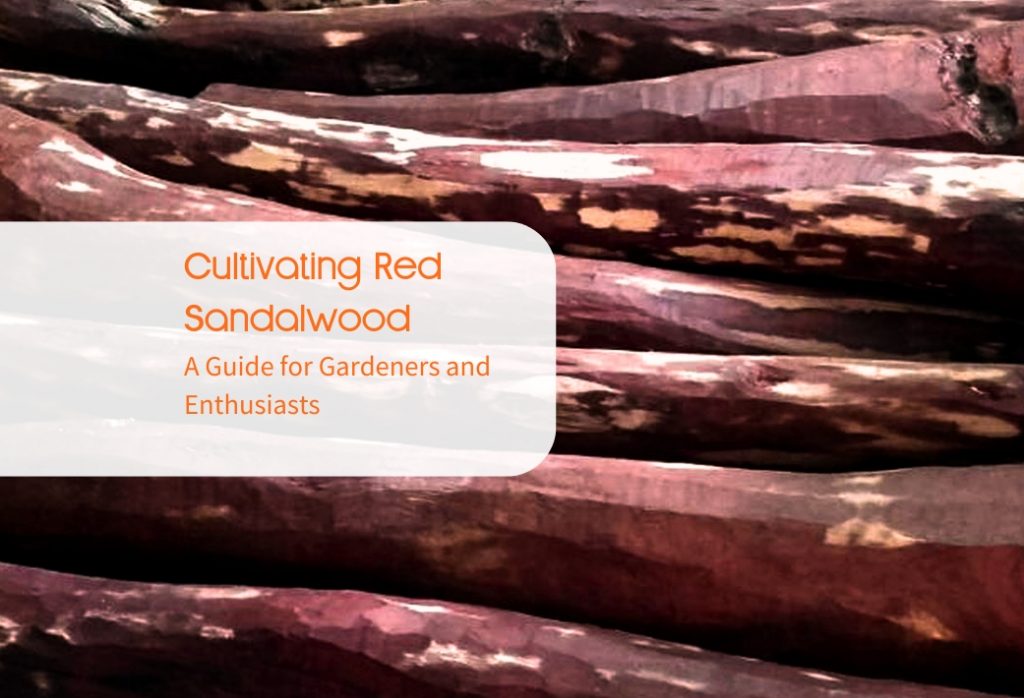The importance of integrated pest management (IPM) cannot be overstated in achieving sustainable agriculture, maintaining ecological balance, and ensuring long-term agricultural productivity. At Ecowood Habitat, the emphasis on the importance of integrated pest management underscores our commitment to preserving the natural environment while enhancing crop yields and reducing reliance on chemical pesticides.

What is Integrated Pest Management?
Integrated pest management is a multifaceted approach that combines biological, cultural, physical, and chemical tools to manage pest populations effectively. Unlike conventional methods that rely heavily on chemical pesticides, IPM focuses on long-term prevention and control through a combination of techniques that are safe, environmentally friendly, and economically viable.
The Four Pillars of IPM
Biological Control: Biological control involves using natural predators, parasites, and pathogens to control pest populations. This method reduces the need for chemical interventions and supports biodiversity. For example, introducing ladybugs to control aphids or using nematodes to manage soil-borne pests are effective biological control strategies.
Cultural Practices: Cultural practices include crop rotation, intercropping, and selecting pest-resistant plant varieties. These methods disrupt pest life cycles and create an unfavorable environment for pests to thrive. At Ecowood Habitat, we implement crop rotation and intercropping to maintain soil health and reduce pest infestations.
Physical and Mechanical Controls: Physical and mechanical controls involve using barriers, traps, and manual removal to manage pests. Techniques like installing insect nets, using sticky traps, and handpicking pests are effective ways to reduce pest populations without harming the environment.
Chemical Control: While IPM prioritizes non-chemical methods, chemical control is used as a last resort and involves selecting the least harmful pesticides. These chemicals are applied in a targeted manner to minimize their impact on non-target organisms and the environment.
Benefits of Integrated Pest Management
- Environmental Protection: Integrated pest management significantly reduces the reliance on chemical pesticides, thus minimizing soil, water, and air pollution. This approach helps preserve beneficial insects, wildlife, and overall biodiversity.
- Sustainable Agriculture: By promoting natural pest control methods and enhancing soil health, IPM contributes to sustainable farming practices. Healthy soils and balanced ecosystems lead to increased crop resilience and productivity.
- Economic Viability: IPM reduces the cost associated with chemical pesticides and potential pest resistance. By implementing cost-effective pest management strategies, farmers can achieve better economic returns while ensuring crop safety and quality.
- Human Health: Minimizing chemical pesticide use reduces the risk of exposure to harmful substances for farmers, farmworkers, and consumers. This leads to safer working conditions and healthier food products.
Integrated Pest Management at Ecowood Habitat
At Ecowood Habitat, we prioritize integrated pest management to ensure a thriving and sustainable agricultural environment. Our commitment to IPM is reflected in our farming practices, which emphasize ecological balance, biodiversity, and environmental stewardship in our managed farmland.
Ecowood Habitat’s IPM Strategies:
Biological Control Agents: We introduce beneficial insects like ladybugs and lacewings to control pests naturally. These predators help maintain a healthy balance within the ecosystem, reducing the need for chemical interventions.
Cultural Practices: Our crop rotation and intercropping strategies are designed to disrupt pest life cycles and enhance soil health. By planting a diverse range of crops, we create a more resilient agricultural system that can withstand pest pressures.
Physical Controls: We use physical barriers such as insect nets and row covers to protect crops from pest infestations. These barriers provide a physical shield against pests while allowing sunlight and water to reach the plants.
Targeted Chemical Use: When necessary, we apply organic and biopesticides in a targeted manner to minimize environmental impact. These products are carefully selected to ensure they are effective against pests while being safe for beneficial insects and the surrounding ecosystem.
The Future of Integrated Pest Management
As the demand for sustainable agricultural practices grows, the importance of integrated pest management will continue to increase. IPM offers a holistic solution to pest management that aligns with environmental conservation, economic viability, and human health.
Research and Innovation:
Ongoing research and innovation in IPM techniques are essential to address emerging pest challenges and improve existing methods. Advances in biological control, precision agriculture, and data-driven pest management will further enhance the effectiveness of IPM.
Farmer Education and Training:
Empowering farmers with knowledge and skills in IPM is crucial for widespread adoption. Training programs, workshops, and extension services can provide farmers with the tools and resources needed to implement IPM effectively.
Policy Support:
Government policies and incentives that promote IPM can accelerate its adoption. By supporting research, providing subsidies for IPM tools, and implementing regulations that reduce reliance on chemical pesticides, policymakers can drive the transition towards sustainable pest management.
Conclusion
The importance of integrated pest management cannot be overstated. It is a vital component of sustainable agriculture that ensures environmental protection, economic viability, and human health. At Ecowood Habitat, our commitment to integrated pest management reflects our dedication to creating a thriving and resilient agricultural environment. By embracing IPM, we can achieve a harmonious balance between agricultural productivity and ecological sustainability, paving the way for a healthier and more sustainable future.



